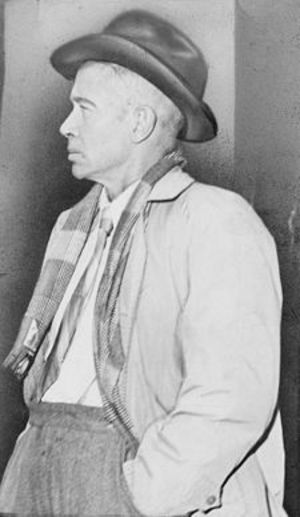Your hydraulic clutch system is a wonderful smoothly operating method of engaging and disengaging the engine from the transmission. Most of the time. However, should you ever find the need to expel air from this hydraulic line…you may in for a long tedious experience.
I recently had to replace the master cylinder of my hydraulic clutch system. This was easily done as it comprised only one fluid line..and two bolts. Once the new master cylinder was mounted however, I found that air had gotten into the line..and adamantly refused to leave.
I undertook all of the common methods of removing this air but to no avail. I tried bleeding the system from the slave cylinder. I tried opening and closing the bleeder valve at the slave cylinder while someone pumped the clutch pedal for me. I tried using a vacuum pump to pull fluid and air out of the system. Each and every effort failed.
Air in a hydraulic line is a for certain way to insure that the hydraulic function will NOT occur. Air is compressible. A fluid is not. So when you place you foot on a brake pedal, or a clutch pedal and apply pressure, the non-compressing nature of that fluid, allows that fluid to behave as if there was an actual physical link in action. As an example..if there was a steel bar attached to your brake pedal..that would activate the brakes when you stepped on the brake pedal…that bar would be an actual, physical, material link..from pedal to brake shoe. A hydraulic line is very similar. When you step on the pedal..there is a force applied to the brakes..by the non compressing nature of the fluid..within that line…the force applied on that pedal, is instantly applied at the other end of that line…unless..there is air trapped within that line. The air will compress..stealing energy..and will not transmit the force applied.
I did a great deal of searching online trying to find a method of removing this air from my hydraulic clutch system and discovered some of what was causing the problem. The Bore of the piston inside the master cylinder is small…and the stroke or forward movement of that piston..is rather short. There just wasn’t enough movement of fluid going on to force the air out of the system in a reasonable amount of time. But my search did bare fruit finally..I found a wonderful article on refilling a hydraulic clutch system..that eliminates air, takes only a very few minutes and is not at all expensive.
What you need is one of those oil cans that has a spout and a trigger that will squirt the oil for you. This trigger…should be of the type that requires your index and middle fingers to operate as opposed to a can that has a thumb trigger. You will also need a length of clear plastic tubing that will fit snugly over the end of the oil can’s spout..and will also fit snugly over the end of the disconnected fluid line at the slave cylinder.
In practice..it’s very easy. Remove the fluid line from the slave cylinder and allow the system to bleed out entirely. While that is going on, fill your oil can with fresh clean brake fluid. Attach the tubing to the spout..and once the system has bled out..attach the other end of the tubing to the fluid line. Start pumping…just regular timed pumps are needed. Not too fast. This fluid, coming in from the bottom..fills the system from the bottom..UP..and pushes any air right out through the master cylinder. Take a peek at the master cylinder every now and again. When you see it beginning to fill with fluid…go ahead and fill it completely with brake fluid. Slip under the vehicle, re-connect the fluid line, pop open the bleeder on the slave cylinder..watch for fluid to come out…tighten the bleeder close again..and you are finished.





